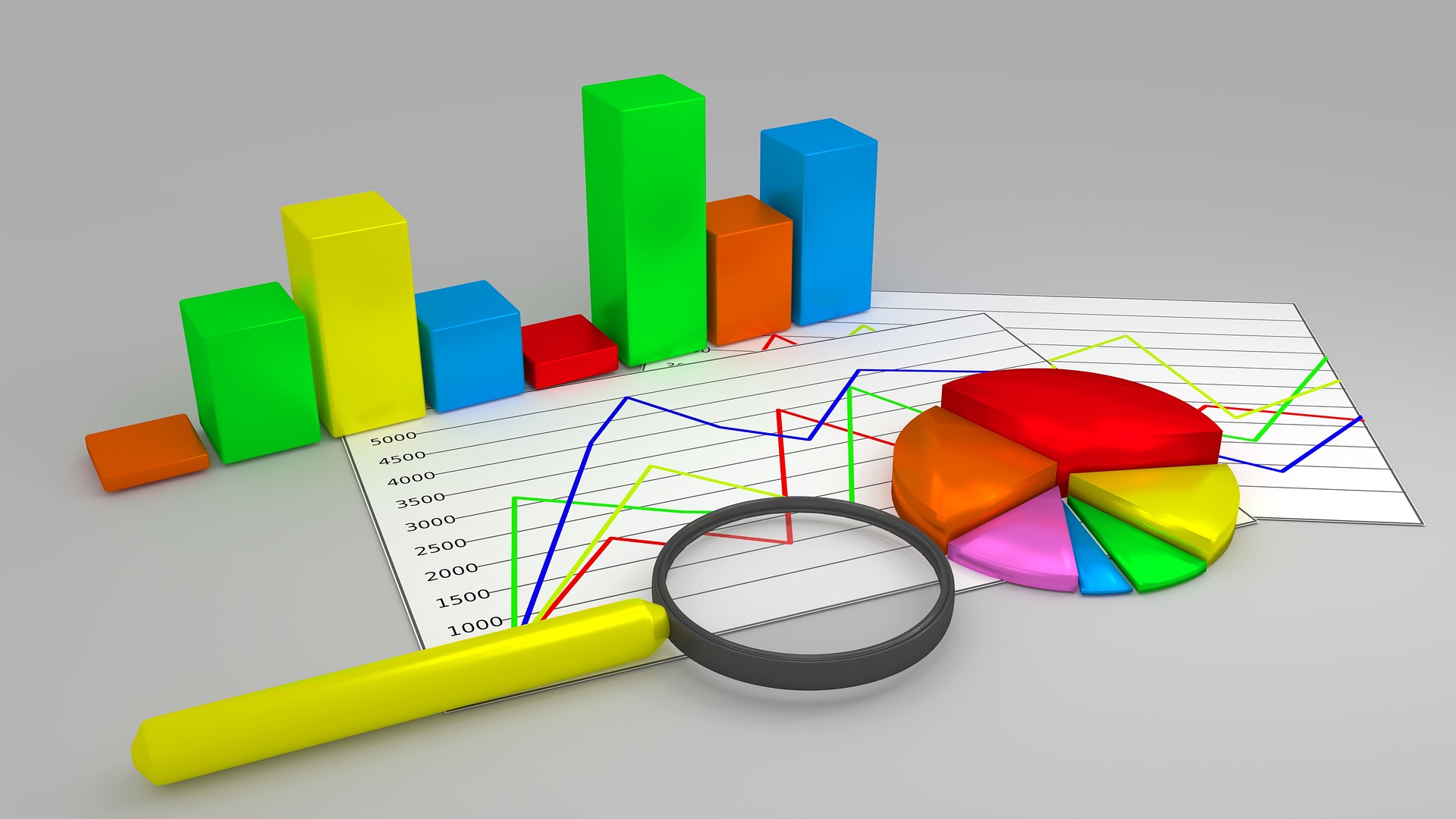
Behind every social media network (and every post for that matter), there is vast amount of data and information that can be mined and interpreted. This data and information can be organized into metrics, or key performance indicators (KPI’s), which analysts and marketers can use to determine whether their brand strategies are successful or even working marginally. Obviously, you will not need every possible metric or KPI to support your strategy. But choosing the right metrics can get tricky, especially since everyone’s strategies and goals are different.
So, if you were some sort of marketer, data analyst, or social media manager for your organization, which metrics would you track? To help answer, you should pair this question with the following questions:
- Who is my audience?
- Am I doing better than my competitors?
- What are people saying about my brand?
- When is the best time to publish?
- Which content does my audience enjoy the most?
- Which social media network is the best for my brand?
- How can I have better performance on social media?
This way, you are better defining your strategy and making sure that your choice of metrics support it.
Who is my audience?
This may be obvious for anyone with some marketing experience; defining the audience lets you know who your business is tailoring to and how to meet their needs. For social media, the easiest audience metrics to look at include demographic data such as age, gender, and location.
If you are using Facebook or Instagram for your business, the Meta Business Suite provides simple audience metrics on the audience tab, with graphs displaying age and gender as well as top cities.

In this example, knowing that the audience is located in New Hampshire and the New England/New York area, the social media manager may want to tailor their content to people around that area. Also, since the Facebook audience is older than the Instagram one, the content on Facebook may want to appeal to older people.
Am I doing better than my competitors?
Competitive advantage is a primary goal among most businesses, and there is no exception when it comes to social media presence. However, answering this question directly will depend on how you compare your metrics to your competitors’, and it can be difficult to get deep metrics on businesses that are not your own or that you are not working under. These metrics may include comparing follower count, average/total engagements on posts over a period of time, audience reach, and impressions. There are platform-specific elements for some of these metrics. For example, on Facebook engagements come in the form of likes, reactions, comments, and shares, and on Twitter they come in the form of likes, retweets, replies, and quotes.
Additionally, you could compare mentions (who is getting tagged more on specific social platforms) and even search results using keywords (who appears first on a social search engine).
What are people saying about my brand?
On the surface, this could include some elements within engagement metrics such as Facebook reactions, Instagram saves, or positive/negative comments. But to dive deeper and truly understand how the public is receiving and talking about your business, a concept called share of voice comes into play. Share of voice is a measure of the market your brand owns compared to similar brands, which includes the number of conversations and audience sentiment. For this, it may be necessary to use social listening tools such as Sprout Social, which allows you to filter results by keywords and networks so that you can see how people, inside and outside of your content, are reacting to your business, product or service. Additionally, Meta Business is able to track negative interactions on posts such as unlikes, post hides, and spam reporting, which could give you an idea of what content doesn’t work.

When is the best time to publish?
The quickest way to answer this is by tracking your reach and then looking at and comparing the timestamps when the posts were made; that is, if you have a plethora of posts published at different times. Is your audience most engaged in the morning? Or towards the evening? Maybe it depends on the kind of content? Some management tools will even show at what times your followers are most active based on average engagements at specific times.
That being said, if your business serves clients from multiple timezones, you may also want to consider tracking location demographics to see whether you might benefit from publishing at different times depending on where good sizes of your audience reside. For example, if your business is on the east coast but you wanted to post content that tailored to clients on the west coast, you may want to post 3 hours later than what you have determined to normally be the best time to post.
Which content does my audience enjoy the most?
The easiest way to address this question is through engagement metrics, which are a staple on social media management tools. Take a look at your most engaged posts using indicators such as likes, retweets, and shares. What kind of content is it? Is it photo, video, or links? Is it an advertisement for an event or business? Chances are that there is something about the content that cause a positive reaction among the audience.

In this example, on Meta Business I sorted posts by most liked/reacted (which closely correlates with most reached) over the past two months. The most liked was an advertisement for a popular event, the second was a preparation and appreciation post for the fall season, and the third was an informative pitch to get people outside of the city. While it may be hard to gauge from this exactly which content is the best, one could infer that event advertising and informative guides are generally most well-received by this audience.
Which social media network is the best for my brand?
In my opinion, this has a close association with the question of who is the audience. It is no secret that social media channels are used by different audience demographics because the channels themselves are very different on what features they offer, purposes they serve, and network cultures they foster. Therefore, once you figure out who your target audience is through your audience metrics and what your business goals are, you will need to figure out where that audience is. The best way to do this is by researching the demographics of social media channels. Does your audience consist teenagers and young adults? TikTok and Instagram might be the best networks. How about older adults? Facebook is probably your best option. Professional adults and businesses? Perhaps LinkedIn is a necessity.
How can I have better performance on social media?
This is a very broad, but nonetheless important question that is universal among businesses. Compiling, and then improving on, all of the aforementioned metrics (i.e. engagement, reach, impressions, audience, share of voice, competitor analysis, etc.) will boost performance. But what is especially important for overall performance improvement is to be consistently active on all of your channels. You can measure your post frequency over a period of time and compare it to that of your competitors to gauge at how active you are versus how active you may need to be. Additionally, if you have the budget, you can extend your reach (and potentially impressions and engagements) to new people by boosting posts that you believe will be received well. In your boosted post, you can target the audience to which you want them to be visible.
Conclusion
The amount of metrics, or KPI’s, that are measurable and usable for analysis in the social media landscape can be overwhelming. But by answering the above questions, you will hopefully be able to choose the important metrics that support your strategy and goals.







